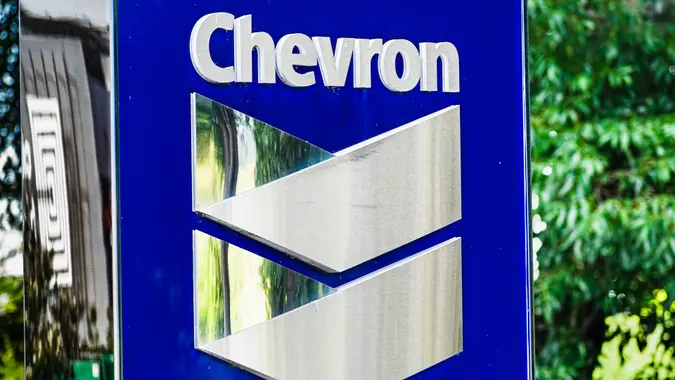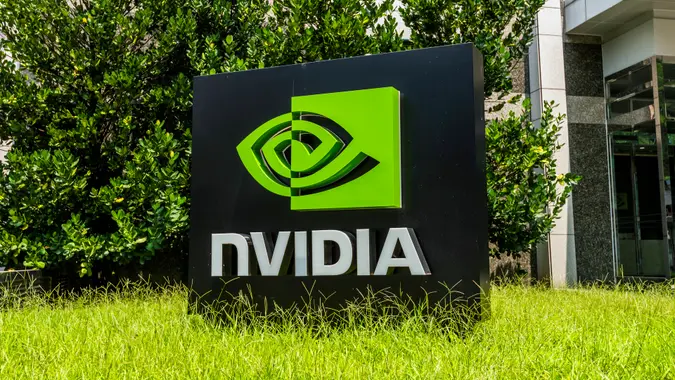Common Stock vs. Preferred Stock: What’s the Difference and Why Does It Matter To You?

Commitment to Our Readers
GOBankingRates' editorial team is committed to bringing you unbiased reviews and information. We use data-driven methodologies to evaluate financial products and services - our reviews and ratings are not influenced by advertisers. You can read more about our editorial guidelines and our products and services review methodology.

20 Years
Helping You Live Richer

Reviewed
by Experts

Trusted by
Millions of Readers
Most publicly traded companies issue only common stock. Some, however, issue both common stock and preferred stock. If you’re like most people, “preferred” probably sounds a whole lot better than “common” — and for some people it is. But each variation comes with pros and cons that investors need to understand before they make their choice based on name prestige alone.
Take a Look: 4 Investing Lessons the Pandemic Has Taught Us
The Economy and Your Money: All You Need To Know
You’re an Owner Either Way, but Not All Owners Can Vote
Both preferred and common stock give shareholders an ownership stake in the company, and both afford investors the opportunity to profit from the success of the business that issues the shares.
Important: The Inverted Yield Curve and Why It Matters
The main difference is that common stock comes with voting rights — those who hold it have a voice in things like the election of a new board of directors. Preferred stock does not come with voting rights so the investors who buy it forfeit their right to have a say in the company’s operations.
The right to vote or lack thereof, however, is not the only difference between the two types of stock.
Invest Wisely: $1M Is No Longer the Standard Nest Egg – Here’s How Much Most Americans Think You Actually Need To Retire
Preferred Stock: The One-Two Punch of Equity and Bonds
Preferred stock is a hybrid security that’s different than any other kind of investment you can buy. It delivers both the equity ownership of stocks and the steady, predictable income of bonds.
Common stock pays variable dividends that can change at any time, presuming it’s a stock that pays dividends at all. Preferred stock, on the other hand, pays fixed dividends that are unrelated to the stock’s performance, just like bond interest.
Also like bonds, preferred stock is issued with a predetermined face value called par value, which is used to calculate dividend payments. Preferred stock does not represent a debt that must be repaid the way bonds do, and its dividends are taxed at a lower rate than bond interest.
That best-of-both-worlds structure gives investors an unrivaled blend of equity growth, fixed dividends and preferential tax treatment.
Find Out: 8 Best Cryptocurrencies To Invest In for 2021
Preferred Stockholders Get Paid First
Another advantage of preferred stock is that the investors who hold it are always first in line to get paid. If the company is losing money or its profits decline, the board might cut or even eliminate the company’s dividend. Common stock dividends are the first to go, while dividends for preferred stock are only reduced or cut in special circumstances.
Preferred stockholders also take priority if the company goes bankrupt — they’re the first in line for whatever’s left of the company’s assets. Common stockholders, on the other hand, are last in line to get paid after not only preferred stock shareholders but bondholders and creditors, as well.
See: How the SEC Affects You and the Economy
Volatility and Risk vs. Profit Potential
Although it’s not guaranteed, preferred stock provides steady, predictable dividends and greater stability than common stock — but the tradeoff is that there’s much less potential for growth-based gains. That’s because the price of preferred stock is tied to market interest rates and therefore, its value changes slowly over time.
On the other hand, the share price of the more familiar common stock — the kind most stock investors hold — is dictated by market forces like supply and demand. There is literally no limit on how high the price of common stock can climb, as early investors of Netflix, Apple and Amazon common stock know well. With that potential, however, comes greater risk — common stock is much more volatile than preferred stock.
Find Out: How Earnings Estimates Impact Your Investments
You Might Be Able To Convert Preferred Stock to Common Stock
Some, but not all companies that issue preferred stock offer it through convertible shares. If the company’s stock rises, holders can profit by converting their preferred shares to common shares to cash in on the stock’s appreciation.
It all depends, however, on the conversion ratio, which the company determines before it issues preferred shares. If the conversion ratio is 5.5, for example, you’d receive 5.5 shares of common stock for every share of preferred stock you convert. Your ability to profit depends on the conversion price, which you find by dividing the par value of the preferred stock by the conversion price.
More From GOBankingRates
 Written by
Written by  Edited by
Edited by 

























